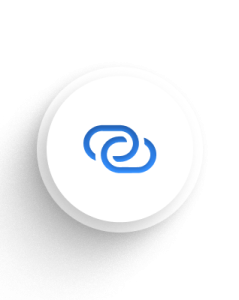When it comes to industry, data-driven decision-making is the way to go. Companies keep an eye on their rivals’ movements and pages to see what they can do to improve their operations. They also do data gathering, which they then analyze to obtain business insights. Web scraping is at the heart of what we call business intelligence, which entails various activities and aspects.
Proxies are needed for effective web scraping, which is the data gathering component of business intelligence. Proxies, in particular, have many advantages for companies.
Data Gathering with 4G & 5G Proxies
By reducing the burden on your company’s web server, proxies avoid server crashes. They do this by spreading your web server’s content through several computers located all over the world. As a result, users who visit your website or use your online services are linked to the closest server. DDoS (distributed denial of service) attacks are also prevented with this configuration.
Deploying a proxy makes sense even if you only have one web server or application server. The proxy can be thought of as a website’s “public face.” Its address is the website’s branded address. It resides at the site’s network’s edge, accepting requests for content hosted at the website from web browsers and smartphone apps. The advantages for data gathering are as follows:
1. Increased Protection
Since no information about your back-end servers is available outside of your internal network, malicious clients are unable to access them directly and exploit any vulnerabilities. Many proxy servers have features that help protect back-end servers from distributed denial-of-service (DDoS) attacks. These are blacklisting specific client IP addresses or restricting the number of connections accepted from each client.
2. Increased Scalability and Versatility
Since clients only see the proxy’s IP address, you can adjust the configuration of your back-end infrastructure at any time. This is particularly beneficial in a load-balanced system. The number of servers can be scaled up and down to accommodate traffic volume fluctuations.
3. Web Acceleration
The process of reducing the time it takes to produce and return an answer to a client. The following are some examples of web acceleration techniques:
Compressing server responses before returning them to the client (for example, with gzip) decreases the amount of bandwidth required, resulting in faster network transit.
Protects traffic between clients and servers when it travels over a public network such as the Internet by encrypting it. Decryption and encryption, on the other hand, can be computationally costly. The proxy frees up resources on back-end servers by decrypting incoming requests and encrypting server responses, allowing them to focus on their primary task of serving material.
The proxy saves a copy of the back-end server’s response before returning it to the client. When the client (or any client) makes the same request, the proxy will respond directly from the cache rather than send it to the backend server. This reduces both the client’s response time and the load on the back-end server.
Good thing, the Social Proxy is here to provide you with the strongest and most reliable 4G & 5G proxy servers. By compressing traffic, storing files and web pages visited by multiple users, and stripping advertisements from websites, our proxy servers can quickly boost network speeds and save bandwidth. This frees up valuable bandwidth on congested networks, allowing your team to get online quickly and easily.



